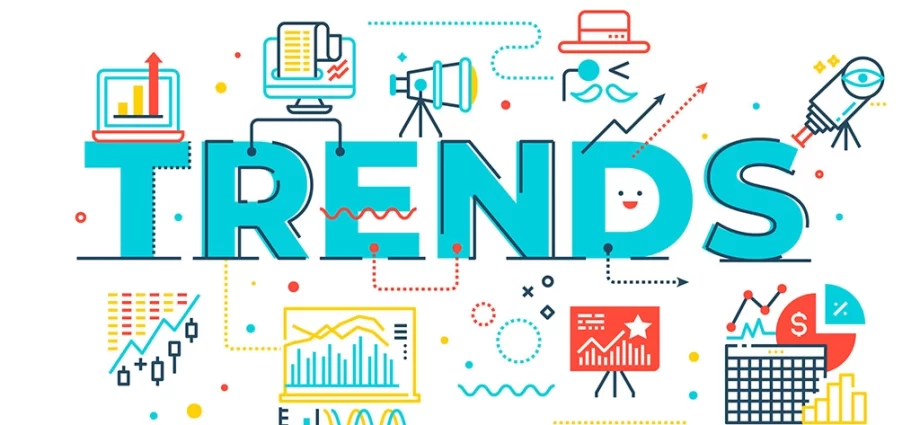Contents
Together with experts from the HSE, we checked which forecasts from the past have already come true in 2020, and which have not yet. Here are the top five findings from the study
For the analysis, we used the Forecast of scientific and technological development of our country until 2030, which was approved by the government of the country in 2014. This is the first such study in our country. It was prepared by experts from the National Research University Higher School of Economics at the request of the Ministry of Education and Science. Ten research methods and more than 2 leading Russian and foreign experts were used to make forecasts. In total, the project took three years to complete.
1. 90% of forecasts for the next five years came true
Most of the trends outlined for the next five years have come true, but the long-term ones look quite realistic.
“An analysis of the feasibility of predictive estimates is included in the mandatory set of any foresight. Thus, the results predicted by Japanese experts using the Delphi method reach 90–95%. The Russian study, depending on the regions, showed 85-90% marketability,” commented Alexander Chulok, Director of the HSE ISSEK Center for Scientific and Technological Forecasting.
Forecast-2030 can be used in practice – when developing strategies in politics, economics and business.
2. Biotechnology helps to extend life
Biotechnology is actively developing as part of the trend towards sustainable development and the use of renewable resources. The main vectors here are healthy nutrition and an increase in human life expectancy.
The greatest progress of all predicted is noticeable in the field of breeding new varieties of plants and breeds of farm animals, as well as functional foods. These are products intended for regular use and reduce the risk of gastrointestinal diseases, as well as vitamin and nutrient deficiencies. Both of these areas have been developed both in our country and abroad. In terms of metabolic engineering products and biopositive building materials, we are even slightly ahead of world achievements, but we are still lagging behind in everything else.
3. In medicine, bio- and neurotechnologies come to the fore
The 2020 pandemic posed serious challenges for medicine and public health. Therefore, the main trend of the year was new technologies for rapid tests, simulation of the development of viruses and telemedicine. Globally, this area has been influenced by the development of bio- and neurotechnologies for more accurate and personalized analysis, recommendations and prevention. Explosive growth is also noted in the segments of minimally invasive surgery, medical robots and biomonitoring systems.
developments are still far behind foreign ones. Among the predicted trends, we have succeeded only in the field of neural interfaces – like Elon Musk’s Neuralink – and genetic passports. Prospects are noticeable in the field of biodegradable and composite materials, as well as biosensors.
4. Information technology is behind forecasts the most
The IT sector and communications also took off noticeably during the pandemic: primarily due to online services and applications – this phenomenon is already called CovidTech. Solutions for digitalization and production automation, AI-based products, 5G technologies, and the Internet of Things are actively developing.
But, despite all these breakthroughs, forecasts in the field of IT trends have so far come true the worst. The exceptions are AR and VR applications, as well as 3D printing technologies and materials: both areas are actively developing abroad and in our country. Fundamental breakthroughs are made mainly in China, Japan, the USA, Germany and the UK, but our country has been catching up with the leaders in recent years. For example, in 2021, Moscow may become the first city in the world to introduce payment for metro travel by face using biometrics.
5. Nanotechnology enters the mass market
In recent years, nanotechnology has been increasingly used in consumer goods: food, household chemicals, and cosmetics. AI-based solutions make it possible to create materials with special magnetic, optical, thermal and superconductivity properties. But nanotechnologies are most widely used in medicine and renewable energy.
Among the predicted areas, nanoelectronics based on carbon nanotubes and sensors based on nanomaterials are developing most actively in our country and in the world. our country is lagging behind quite a bit here, and the most promising are developments in the field of nanocatalysts for the processing of raw materials and nanostructured membrane materials. We also develop nanomaterials for the space industry.
Read the full text of the material in Trends magazine.
Subscribe also to the Trends Telegram channel and stay up to date with current trends and forecasts about the future of technology, economics, education and innovation.










